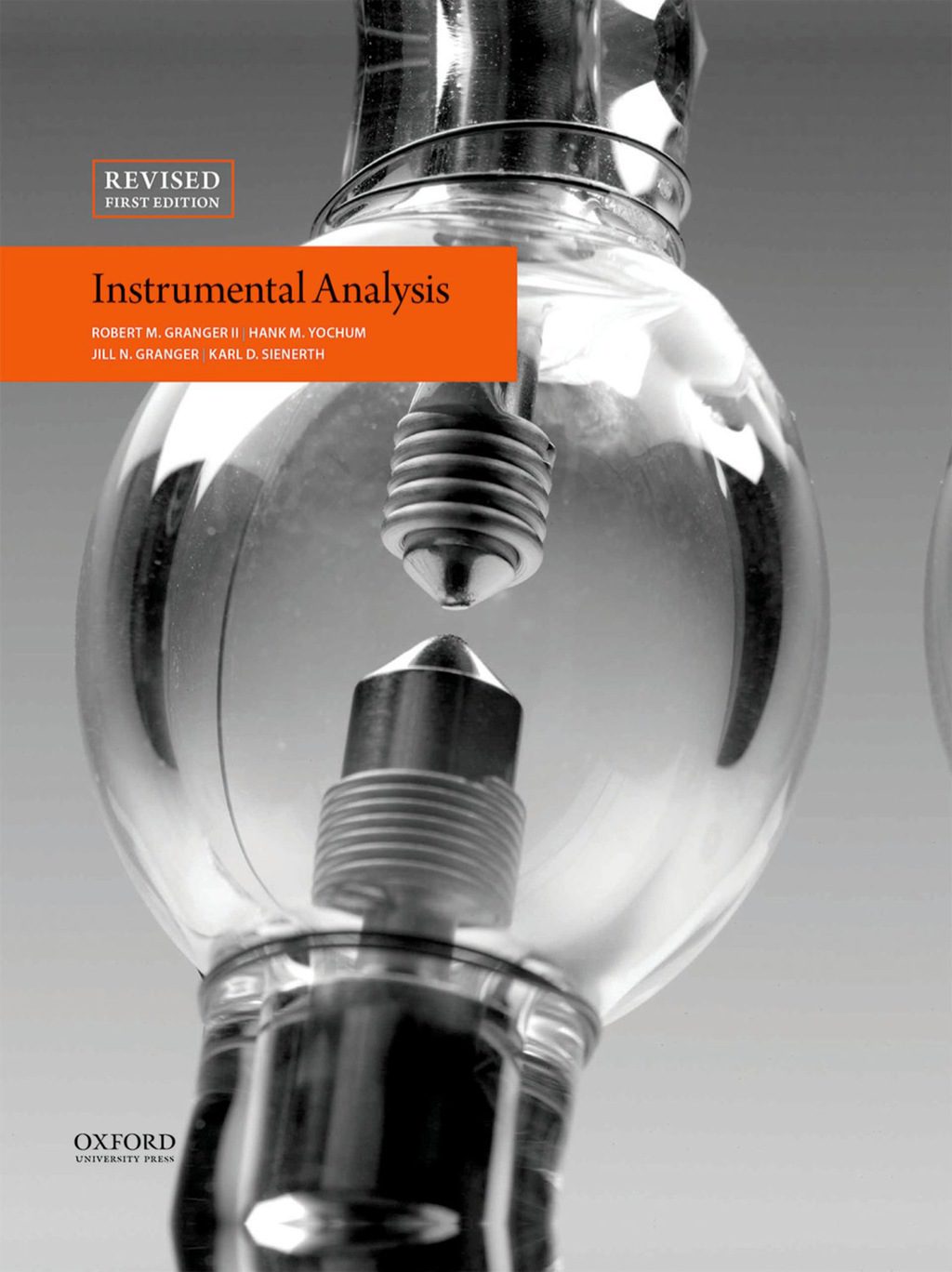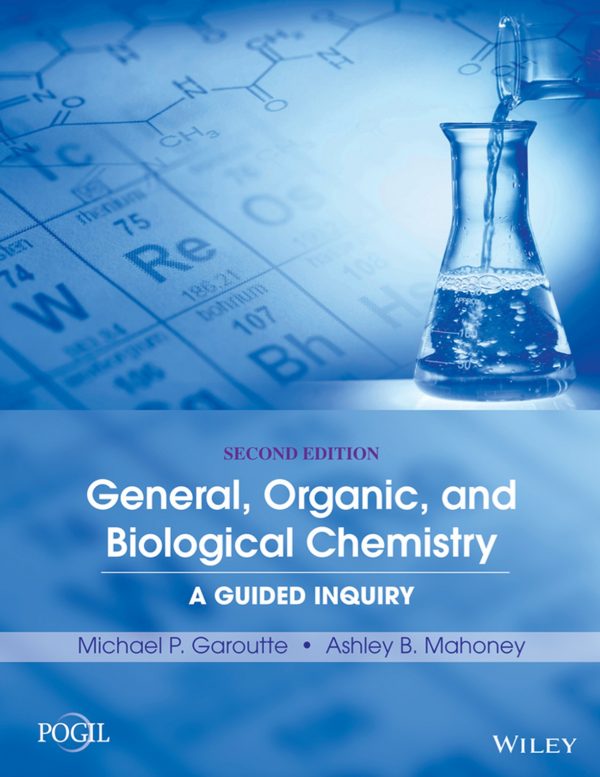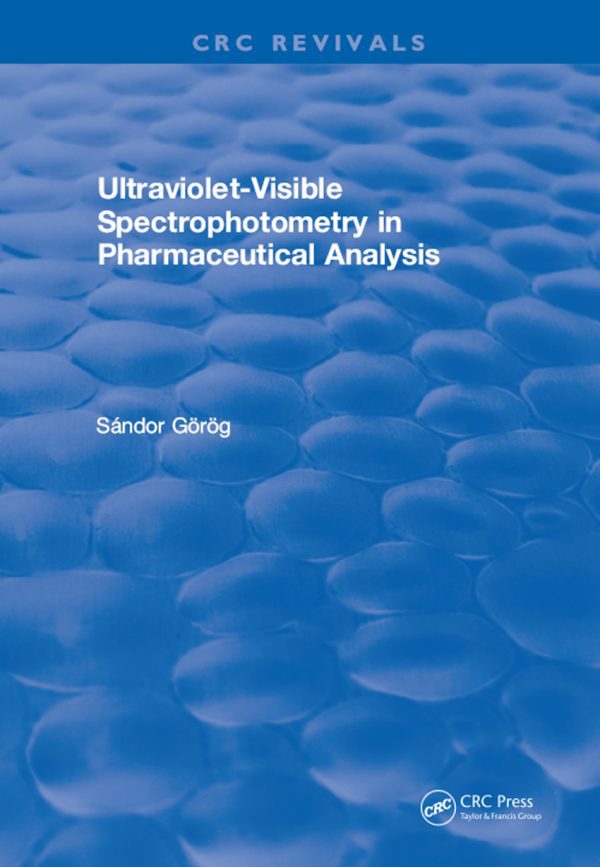Bastioli, Catia1859573894, 1847350445, 9781859573891, 9781847350442
Table of contents :
Cover Page……Page 1
Title Page……Page 2
© 2005, Rapra Technology Limited……Page 3
2. Biodegradation Behaviour of Polymers in Liquid Environments……Page 4
3. Biodegradation Behaviour of Polymers in the Soil……Page 5
4. Ecotoxicological Aspects in the Biodegradation Process of Polymers……Page 6
5. International and National Norms on Biodegradability and Certification Procedures……Page 7
7. Polyhydroxyalkanoates……Page 8
9. Poly(Lactic Acid) and Copolyesters……Page 9
12. Enzyme Catalysis in the Synthesis of Biodegradable Polymers……Page 10
14. Biodegradable Polymers and the Optimization of Models for Source Separation and Composting of Municipal Solid Waste……Page 11
Index……Page 12
Preface……Page 13
ACKNOWLEDGMENTS……Page 17
1.2 Background……Page 18
1.3 Defining Biodegradability……Page 19
1.4.1 Non-Biological Degradation of Polymers……Page 21
1.4.2 Biological Degradation of Polymers……Page 22
1.5 Measuring Biodegradation of Polymers……Page 28
1.5.1 Enzyme Assays……Page 30
1.5.2 Plate Tests……Page 31
1.5.3 Respiration Tests……Page 32
1.5.4 Gas (CO2 or CH4) Evolution Tests……Page 33
1.5.6 Laboratory-Scale Simulated Accelerating Environments……Page 35
1.6 Factors Affecting Biodegradability……Page 37
References……Page 39
2.1 Introduction……Page 50
2.2 Degradation in Real Liquid Environments……Page 51
2.2.1 Degradation in Sweet Water and Marine Environment……Page 52
2.3.1 Aerobic Liquid Environments……Page 54
2.3.2 Anaerobic Liquid Environments……Page 57
2.4 Degradation in Laboratory Tests with Optimized and Defined Liquid Media……Page 60
2.5 Standard Tests for Biodegradable Polymers Using Liquid Media……Page 63
References……Page 68
3.1.2 Biodegradable Polymers and Soil……Page 74
3.2.1 Intentional Delivery……Page 75
3.3 The Soil Environment……Page 77
3.3.1 Surface Factors……Page 79
3.3.2 Underground Factors……Page 82
3.4.1 The Standardization Approach……Page 88
3.4.2 Test Methods and Criteria……Page 90
3.5.1 Performing the Assessment: Transient and Permanent Effects……Page 98
3.5.3 Preparation of the Soil Sample Ready for Ecotoxicity Testing……Page 99
3.6 Biodegradability of Materials in Soil: a Survey of the Literature……Page 100
Acknowledgements……Page 101
References……Page 111
4.1 The Need of Ecotoxicity Analysis for Biodegradable Materials……Page 120
4.1.1 Standards and Regulations for Testing of Biodegradable Polymers……Page 121
4.1.2 Detection of the Influences on an Ecosystem Caused by the Biodegradation of Polymers……Page 123
4.1.3 Potential Influences of Polymers after Composting……Page 125
4.1.4 Potential Influences of Polymers during and after Biodegradation in Soil and Sediment……Page 126
4.2.2 Test Design in Ecotoxicology……Page 128
4.2.3 Toxicity Tests and Bioassays……Page 130
4.3 Recommendations and Standard Procedures for Biotests……Page 131
4.3.1 Bioassays with Higher Plants……Page 132
4.3.3 Preparation of Elutriates for Aquatic Ecotoxicity Tests……Page 136
4.3.4 Bioassays with Algae……Page 137
4.3.5 Bioassays with Luminescent Bacteria……Page 139
4.3.7 Evaluation of Bioassay Results Obtained from Samples of Complex Composition……Page 140
4.3.8 Testing of Sediments……Page 141
4.4.1 Nutrients in the Sample……Page 142
4.4.2 Biodegradation Intermediates……Page 144
4.4.4 Humic Substances……Page 145
4.4.5 Evaluation of Test Results and Limits of Bioassays……Page 146
4.5.1 The Relationship between Chemical Structure, Biodegradation Pathways and Formation of Potentially Ecotoxic Metabolites……Page 147
4.5.2 Ecotoxicity of the Polymers……Page 148
4.5.4 Ecotoxic Effects Appearing during Degradation in Soil……Page 149
4.6 Conclusion……Page 150
4.6.1 Consequences for Test Schemes for Investigations on Biodegradable Polymers……Page 152
4.6.2 Conclusion……Page 153
References……Page 154
5.1 Introduction……Page 162
5.2 Organizations for Standardization……Page 164
5.3 Norms……Page 166
5.3.1 Aquatic, Aerobic Biodegradation Tests……Page 168
5.3.2 Compost Biodegradation Tests……Page 171
5.3.3 Compostability Norms……Page 175
5.3.4 Compost Disintegration Tests……Page 180
5.3.5 Soil Biodegradation Tests……Page 181
5.3.6 Aquatic, Anaerobic Biodegradation Tests……Page 183
5.3.7 High-Solids, Anaerobic Biodegradation Tests……Page 184
5.3.9 Other Biodegradation Tests……Page 185
5.4.1 Introduction……Page 186
5.4.2 Different Certification Systems……Page 187
References……Page 192
6.1 General Characteristics……Page 200
6.1.1 Polymer Biodegradation Mechanisms……Page 201
6.1.3 Biodegradable Polymer Classes……Page 202
6.1.4 Naturally Biodegradable Polymers……Page 203
6.1.5 Synthetic Biodegradable Polymers……Page 208
6.1.6 Modified Naturally Biodegradable Polymers……Page 216
6.2 Processability……Page 217
6.2.1 Extrusion……Page 219
6.2.2 Film Blowing and Casting……Page 221
6.2.3 Moulding……Page 222
6.3.1 Loose-Fill Packaging……Page 223
6.3.2 Compost Bags……Page 224
6.3.3 Other Applications……Page 225
6.4 Market Evolution……Page 226
References……Page 229
7.1 Introduction……Page 236
7.2.1 Poly[R-3-hydroxybutyrate] (P[3HB])……Page 237
7.2.2 Poly[3-hydroxybutyrate-co-3-hydroxyvalerate] (P[3HB-co-3HV])……Page 239
7.2.3 Poly[3-hydroxybutyrate-co-4-hydroxybutyrate] (P[3HB-co-4HB])……Page 241
7.2.4 Other PHA Copolymers with Interesting Physical Properties……Page 242
7.2.5 Uncommon PHA Constituents……Page 244
7.3 Mechanisms of PHA Biosynthesis……Page 245
7.3.2 Carbon Sources for the Production of PHA……Page 246
7.3.3 Biochemical Pathways Involved in the Metabolism of PHA……Page 248
7.3.4 The Key Enzyme of PHA Biosynthesis, PHA Synthase……Page 251
7.4.1 Recombinant Escherichia Coli……Page 252
7.4.2 Transgenic Plants……Page 253
7.5 Biodegradation of PHA……Page 254
7.6 Applications of PHA……Page 255
7.7 Conclusions and Outlook……Page 257
References……Page 258
8.1 Introduction……Page 274
8.2 Starch Polymer……Page 275
8.3 Starch-Filled Plastics……Page 277
8.4 Thermoplastic Starch……Page 278
8.5 Starch-Based Materials on the Market……Page 288
8.6 Conclusions……Page 291
References……Page 292
9.2.1 Homopolymers……Page 304
9.2.2 Copolymers……Page 306
9.2.3 Functionalized Polymers……Page 307
9.3.1 Physical Properties……Page 308
9.3.2 Chemical Properties……Page 309
References……Page 311
10.1 Introduction……Page 320
10.2 Development of Biodegradable Aliphatic-Aromatic Copolyesters……Page 321
10.3.1 General Mechanism/Definition……Page 324
10.3.2 Degradation of Pure Aromatic Polyesters……Page 327
10.3.3 Degradation of Aliphatic-Aromatic Copolyesters……Page 328
10.4 Commercial Products and Characteristic Material Data……Page 341
10.4.1 Ecoflex……Page 343
10.4.2 Eastar Bio……Page 344
10.4.3 Biomax……Page 345
10.4.5 Characteristic Material Data……Page 346
References……Page 347
11.1 Introduction……Page 356
11.2 Structure of Material Proteins……Page 358
11.3 Protein-Based Materials……Page 364
11.4.1 ‘Solvent Process’……Page 369
11.4.2 ‘Thermoplastic Process’……Page 373
11.5 Properties of Protein-Based Materials……Page 379
11.6 Applications……Page 387
References……Page 389
12.1 Introduction……Page 402
12.2.1 Polycondensation of Hydroxyacids and Esters……Page 403
12.2.2 Polymerization of Dicarboxylic Acids or Their Activated Derivatives with Glycols……Page 405
12.2.3 Ring Opening Polymerization of Carbonates and Other Cyclic Monomers……Page 413
12.2.4 Ring Opening Polymerization and Copolymerization of Lactones……Page 419
12.3 Oxidative Polymerization of Phenol and Derivatives of Phenol……Page 425
12.4 Enzymic Polymerization of Polysaccharides……Page 434
12.5 Conclusions……Page 436
References……Page 437
13.2 Methodology of LCA……Page 448
13.3 Presentation of Comparative Data……Page 450
13.3.1 Starch Polymers……Page 451
13.3.2 Polyhydroxyalkanoates……Page 465
13.3.3 Polylactides (PLA)……Page 468
13.4 Summarizing Comparison……Page 469
13.5 Discussion……Page 474
13.6 Conclusions……Page 476
References……Page 479
Appendix 13.1: Overview of Environmental Life Cycle Comparisons for Biodegradable Polymers Included in This Review……Page 484
Appendix 13.2: Checklist for the Preparation of an LCA for Biodegradable Plastics……Page 494
14.1 Introduction……Page 502
14.1.1 The Development of Composting and Schemes for Source Separation of Biowaste in Europe: a Matter of Quality……Page 503
14.2.2 The Proposed Directive on Biological Treatment of Biodegradable Waste……Page 505
14.3 Source Separation of Organic Waste in Mediterranean Countries: an Overview……Page 507
14.4 ‘Biowaste’, ‘VGF’ and ‘Food Waste’: Relevance of a Definition on Performances of the Waste Management System……Page 511
14.5 The Importance of Biobags……Page 514
14.5.1 Features of ‘Biobags’: the Importance of Biodegradability and Its Cost-Efficiency……Page 515
14.6 Cost Assessment of Optimized Schemes……Page 516
14.6.1 Tools to Optimize the Schemes and Their Suitability in Different Situations……Page 519
14.7 Conclusions……Page 521
References……Page 522
Abbreviations……Page 524
Contributors……Page 532
A……Page 534
B……Page 536
C……Page 538
E……Page 541
F……Page 544
G……Page 545
H……Page 546
I……Page 547
L……Page 548
M……Page 550
O……Page 552
P……Page 553
S……Page 561
T……Page 564
V……Page 565
Z……Page 566







Reviews
There are no reviews yet.